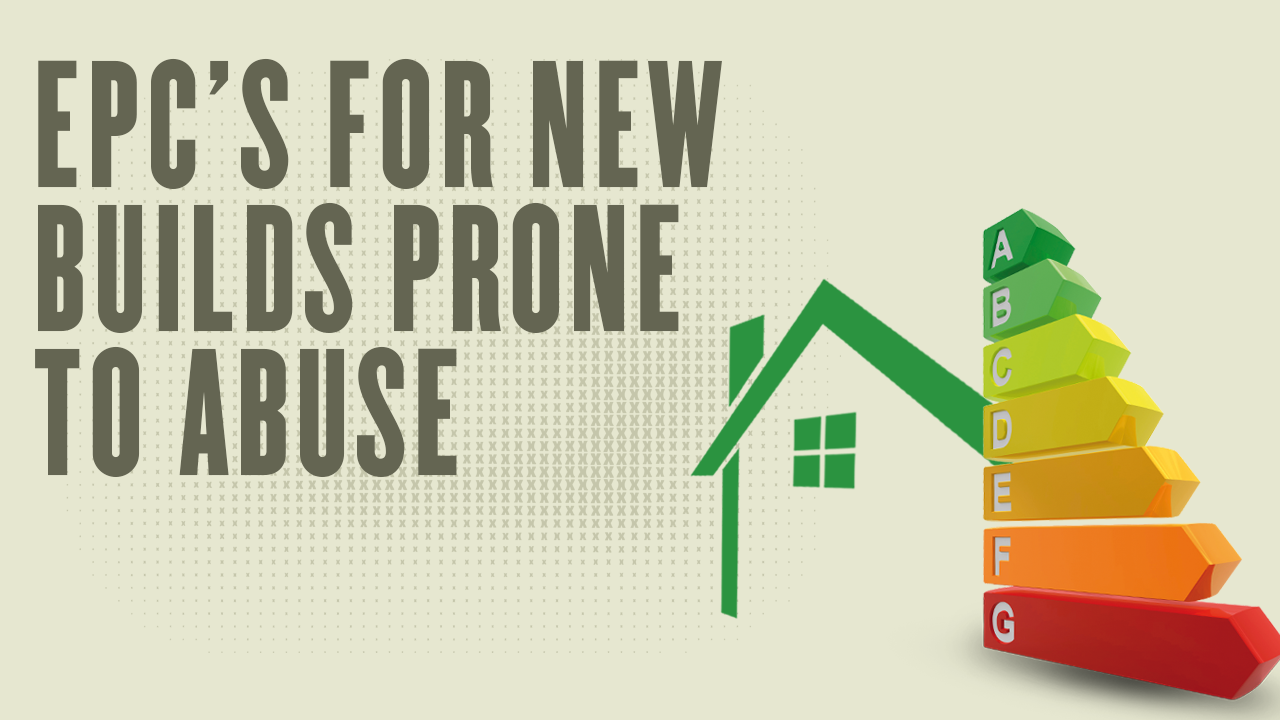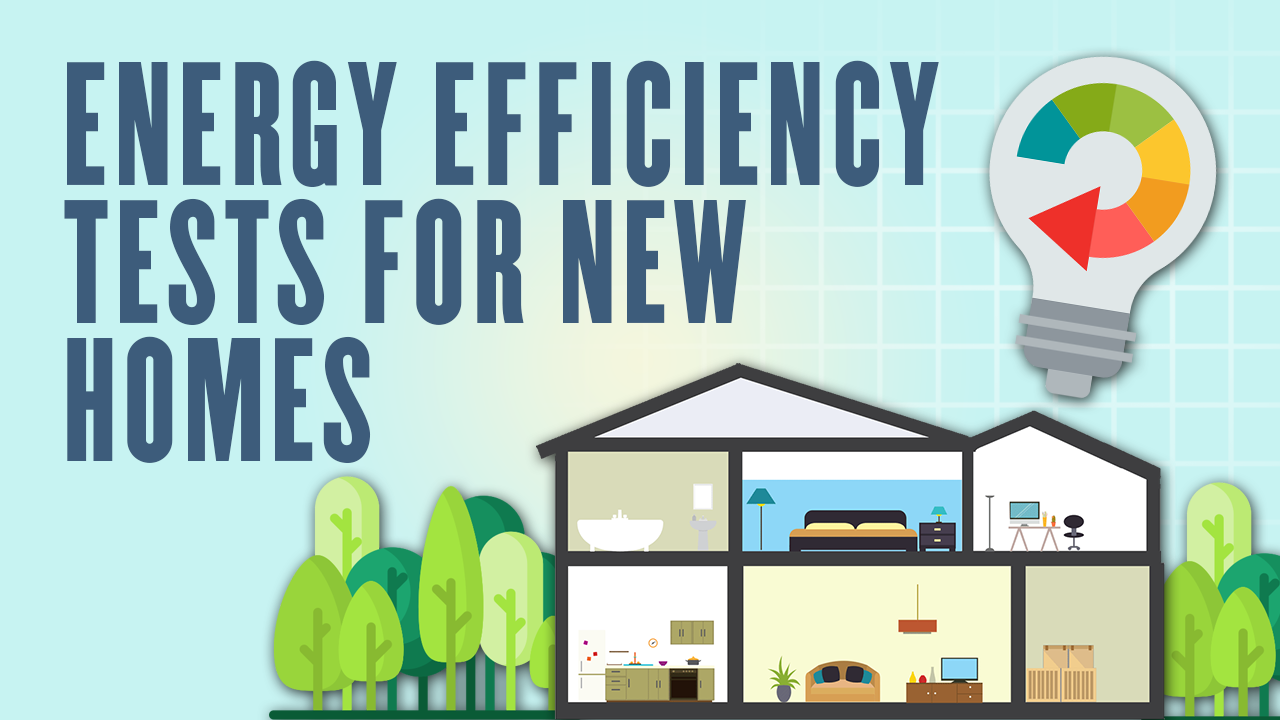New research indicates that Energy Performance Certificates (EPCs) may be inaccurate or even useless, and can be easily manipulated. CarbonLaces, a research firm, recently published a detailed report featured in the Sunday Times revealing that EPCs may overestimate energy use by as much as 344%. Despite these findings, EPCs are still a critical component of existing and proposed laws that impact homeowners and landlords.
EPCs Found to Overestimate Energy Use by up to 344% in New Study
In a recent study conducted by CarbonLaces, the accuracy of Energy Performance Certificates (EPCs) was examined by comparing them to actual energy usage data collected by smart meters. The study included more than 17,000 homes and found that EPCs can overestimate energy use by up to 344%, with the gap being more significant for properties with a lower EPC rating. On average, the metered energy usage was 125 kWh per square meter annually, 91% less than the 239 kWh/m²/yr estimated by EPCs. These findings raise concerns about the reliability of EPCs, which are currently an essential part of legislation affecting landlords and homeowners.
CarbonLaces, a data analytics company, has conducted an extensive research study which has revealed that Energy Performance Certificates (EPCs) are often inaccurate, useless and easily rigged. They compared EPCs of over 17,000 homes with the actual energy usage recorded by smart meters every half an hour for at least 300 days, to determine the energy bills of these properties. The study found that EPCs overestimated energy use by up to 344%, and carbon emissions by between 20% and 308%. This disparity was greater for properties with lower EPC ratings. For instance, properties with the worst EPC rating of G were estimated to use 656kWh/m2/yr by EPCs, while their smart meters recorded an actual usage of only 151kWh/m2/yr – a massive 344% gap.
EPCs for new builds prone to abuse and misrepresentation, says CarbonLaces founder

The founder of CarbonLaces, Madhuban Kumar, described the inaccuracy of EPCs as “quite staggering”. In addition, the lengthy Sunday Times report also highlighted that EPCs for new build homes are prone to abuse. EPCs can be issued on design data alone, which assumes everything is perfectly fitted, but this is not always the case. As a result, the energy efficiency rating for new builds may be much higher than what the property actually achieves in practice. This has led to concerns that developers may be rigging EPCs to misrepresent the energy efficiency of their new builds.
Despite being found inaccurate, EPCs are still considered critical in current and expected legislation affecting landlords and other property owners, with significant impact on the property market. The use of these certificates has resulted in calls for more accurate and reliable ways of measuring the energy efficiency of properties, to avoid misleading property owners and tenants with inflated EPC ratings, prompted by the research conducted by CarbonLaces.
Experts warn of flaws in energy efficiency tests for new homes

An example is cited by the paper of workers on a new home “going around the skirting boards, sealing it all with mastic and foam.”
It was necessary to rerun tests until the home passed, only for carpet fitters to cut out all the sealant again. According to one expert, “All they do is make the plaster wall box airtight, while the building itself is very leaky. A garden shed and enough mastic, foam and plaster board can be made airtight . . . It’s nothing to do with making sure that they’re energy efficient. It’s to do with ticking a box.”
This issue is of critical importance to landlords as reducing energy consumption from buildings and industry by 15 per cent by 2030 has been pledged by the government, with aspirations for properties to have a minimum EPC rating of C in England and Wales by April 2025.
Current government regulation does not expect landlords to spend more than £3,500 on upgrades to meet the current EPC requirements for a rating of E. However, proposed changes could see all rental properties requiring an EPC rating of C by 2028, and a potential increase to this cap to £10,000, meaning landlords could be required to spend more to meet minimum requirements.
Property Investor and mentor with over 24 years experience.
